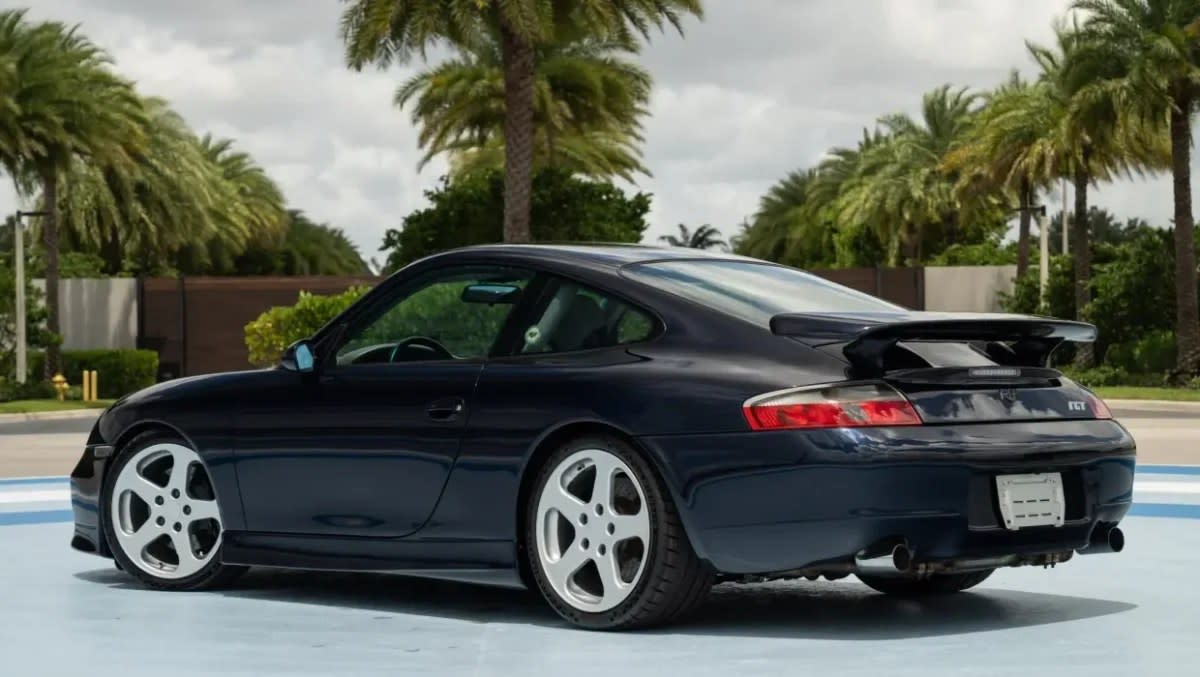
Ruf Automobile doesn’t need an introduction, but it does need an explanation. You see, many assume the Pfaffenhausen, Germany-based outfit is simply just a Porsche tuner. And while Ruf does provide tuner-like services—namely, upgrading and modifying Porsche-based cars—it’s not the full picture. The company as we know it today, the one that’s synonymous with rarity, superior craftsmanship, and legendary high performance, began when Alois Ruf created the Ruf Turbo prototype in 1975. (Prior to that, starting from 1939, Ruf Automobile was simply AUTO RUF, a car repair shop and gas station.)
From 1975 to the present day, Ruf Automobile has had a symbiotic relationship with Porsche—until the past few years, Ruf used Porsche bodies in white as canvases to reflect his vision of performance and design. Now, though, many new Ruf models are designed from the ground up, like the CTR anniversary and SCR, which feature carbon fiber monocoques, inboard suspension, and lightweight alloy subframes. Ruf’s first unique design, down to the chassis and bodywork, came in 2007 with the introduction of the CTR3. All that to say, Ruf is a manufacturer, too, not just a tuner. Case in point: each Ruf leaves the factory with its own unique VIN. Now, onto some exceptional recent sales.
More from Robb Report
Best of Robb Report
Sign up for RobbReports's Newsletter. For the latest news, follow us on Facebook, Twitter, and Instagram.
Click here to read the full article.
1989 Ruf CTR ‘Yellowbird’
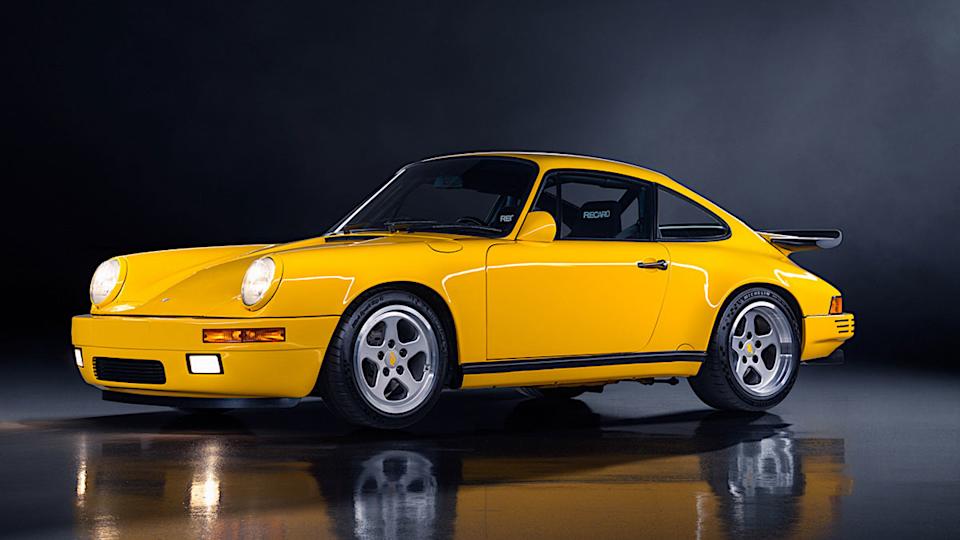
Ruf had enjoyed some moderate success in its early years, but it wasn’t until 1989 that the company catapulted into the automotive limelight. Thanks to a prescient investment in producing a promotional video for the CTR model, the world would become acquainted with Ruf through scenes of gratuitous smokey drifts on the Nurburgring, captured from a helicopter no less. A top speed shoutout feature story in Road & Track—one in which the CTR maxed out at 213 mph, besting its competitors that included a Porsche 959—also didn’t hurt. The love for the Ruf CTR has also only grown if the market is any indication, and it’s easy to see why: with nearly 465 horsepower, an integrated roll cage, and nostalgia coursing through younger collectors’ veins, the Ruf CTR is a true automotive icon.
Take, for example, the 1989 CTR Yellowbird that reset the market at the Amelia Island Gooding Auction this year, bringing in $6,055,000. The Yellowbird is already a rare car at just 29 units produced, but this particular model is one of just nine that wears the Faszination on the Nürburgring-famous Blutengelb (blossom yellow) and was originally ordered with the Leichtbau package and an optional six-speed Ruf manual transmission. Best of all, this CTR has just over 1,000 miles on the clock and is in museum-quality condition.
2001 Ruf RGT

The 996 generation of Porsche 911 has been the modern entry point into 911 ownership, thanks to its comparatively low cost but the same cannot be said for the Ruf RGT, despite sharing its underpinnings with the fried-egg delight from Zuffenhausen. In Ruf’s hands, the 3.6-liter naturally aspirated flat-six from the GT3 received new cams, a modified ECU, and an upgraded intake and exhaust—the result of which was 385 horsepower, or about 25 additional ponies over the stock powerplant. The RGT’s bodywork received the Ruf touch as well, which included a new front spoiler design, fixed wing, side skirts, as well as a decklid design that was way ahead of its time: the double airscoop design would later be featured on the 991 generation 911 GT3 a whole 15-ish years later. And in true Ruf fashion, the RGT is rare: only around 17 units were produced.
This particular example from 2001 is configured in a subtle design of Midnight Blue over a Grey Microsuede interior. Despite the outward 996 911 resemblance, there’s no getting around the fact that this is a Ruf, not a Porsche: inside, the pedal set, carpets, door sills guards, steering wheel, and instruments bear the Ruf name, while the exterior Ruf cues are quite small. With only around 19k miles on the odometer, this rare slice of Ruf history brought in a final sale price of $306,000 on the popular auction site Bring a Trailer.
2005 Ruf Rt12

Based on the 997 generation Porsche 911, the twin-turbocharged Ruf Rt12 debuted a full two years before Porsche released its own 997 based Turbo model. As such, Ruf opted to develop its own powertrain based on the outgoing 996 generation Turbo, but managed to extract 650 horsepower from the 3.8-liter flat-six, an increase of 235 horsepower over the stock unit. All-wheel drive came standard, while Ruf offered the option of a six-speed manual or Tiptronic S based transmission—regardless of choice, each transmission was designed or modified in-house. Official production numbers range from 13 to 15 units, making the Rt12 one of the rarest Rufs to leave the factory.
The Blood Orange color on this Rt12 from 2005 is a loud hue, no doubt, but somehow quiets down Ruf’s unique design details for this model. Which is a shame, because the air ducts above the rear fenders, the revised wing design, front valence, and rear bumper design are not only pure class but quintessential Ruf design touches. This model also features a Ruf six-speed manual transaxle, Ruf designed hydraulic suspension, and an integrated roll cage to round out the Ruf picture. A final auction price of $405,000 on Bring a Trailer confirms the market is hot for all things Ruf, even a 20-year-old 997-based car.
1991 RUF RCT Evo
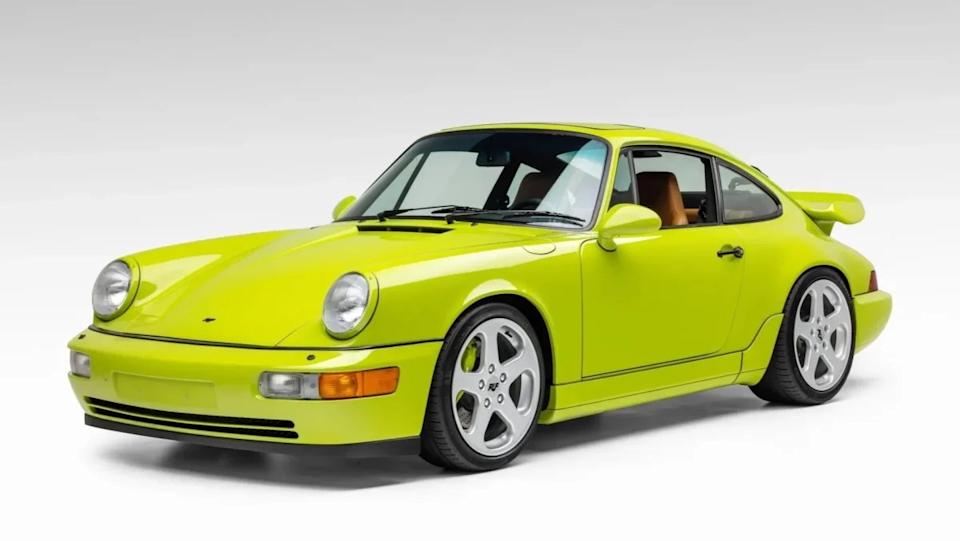
One of many great things about Ruf is that it still offers conversions for older Porsches it modified in period. The RCT Evo, for example, is a 964 911-based model Ruf produced between 1992 and 1997 and many bog standard 964s are still being sent to Ruf for the full RCT Evo treatment. In typical Ruf form, the 964 chassis is merely a canvas; the RCT Evo receives new, widened bodywork—which can be made in carbon fiber—shaved rain gutters, integrated roll cage, Ruf lollipop-style seats, a blue reverse light lens, a 3.6-liter turbocharged flat-six with 425 horsepower, the choice of rear- or all-wheel drive, and countless other upgrades.
This particular example, refinished in a rare Porsche shade of Linden Green, arrived at Ruf Automobile in Victoria, Canada as a 1991 964 911 Carrera. Around a year later, it left as a Ruf RCT Evo, an autobahn-storming, tarmac devouring monster with a sumptuous tan leather interior, Ruf branded instruments, huge performance gains compared to its stock configuration, optional all-wheel drive, and a five-speed manual. In line with the insanity of air-cooled Porsche values, this RCT Evo fetched $661,000 at auction on Bring a Trailer.
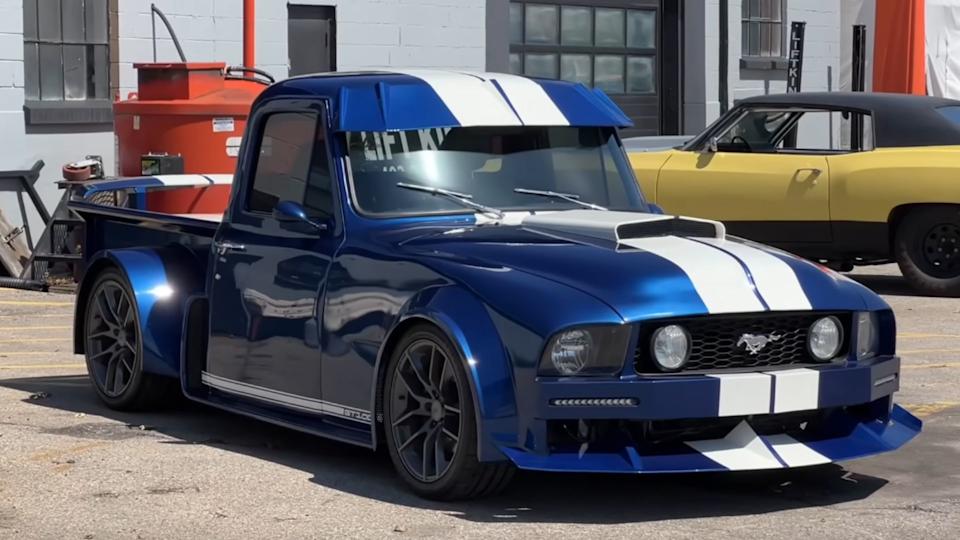
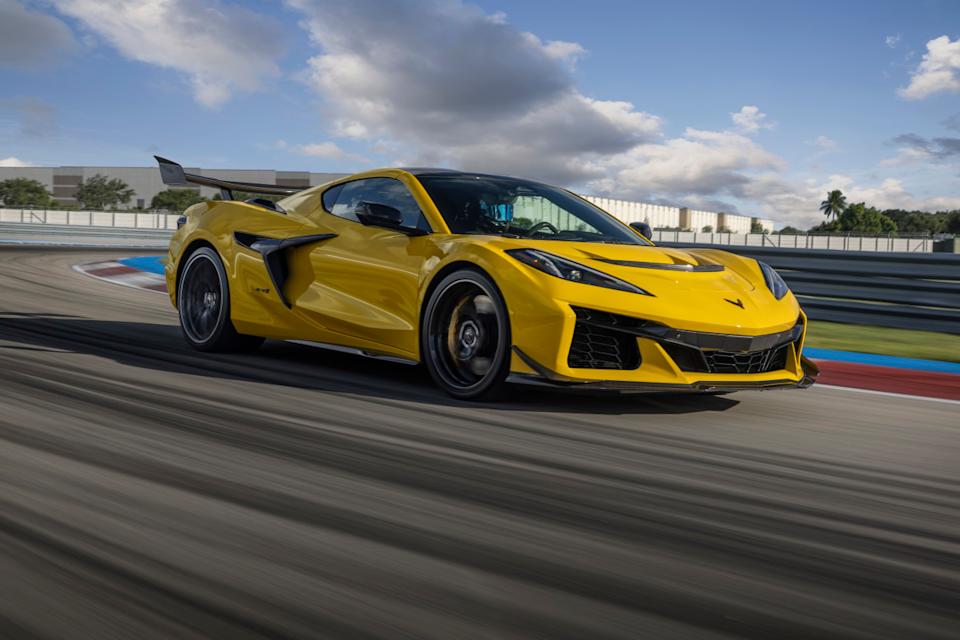
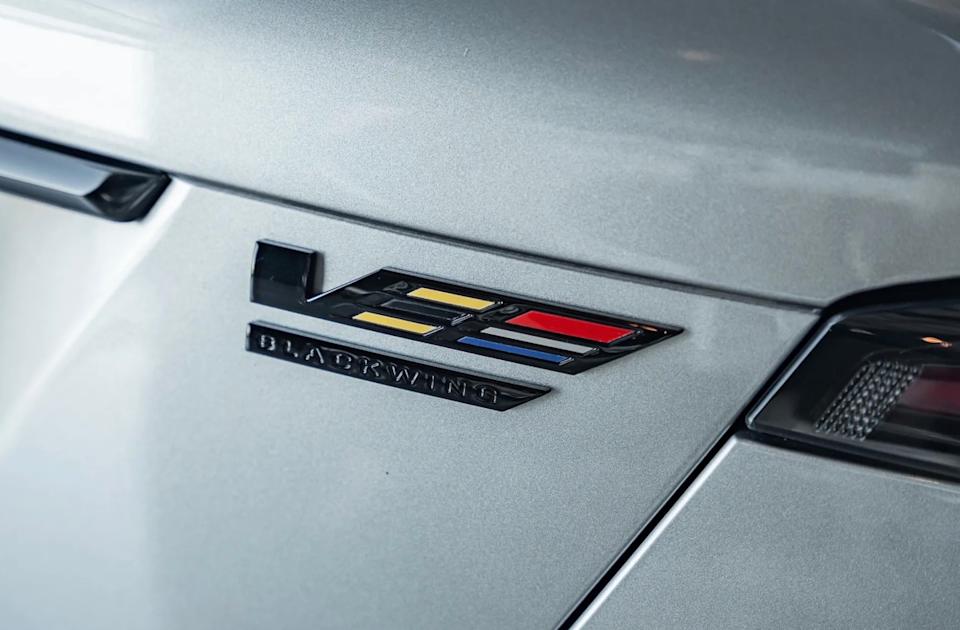
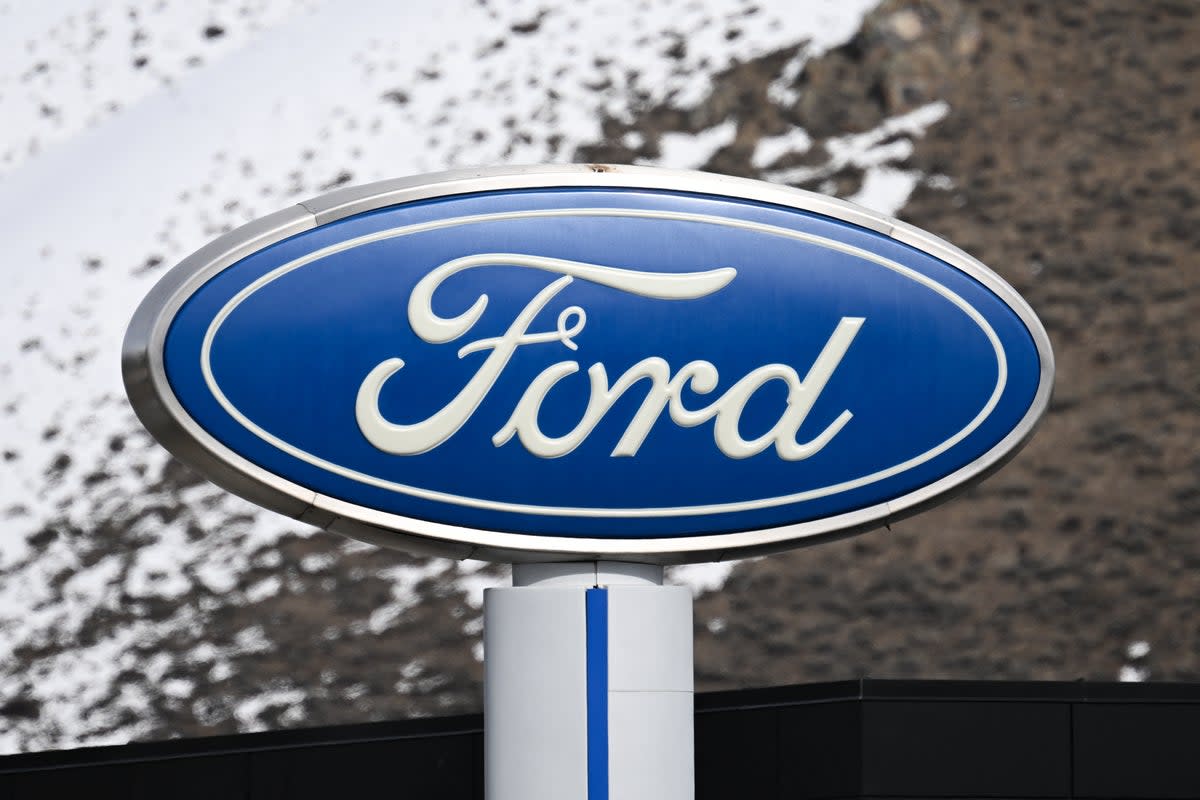
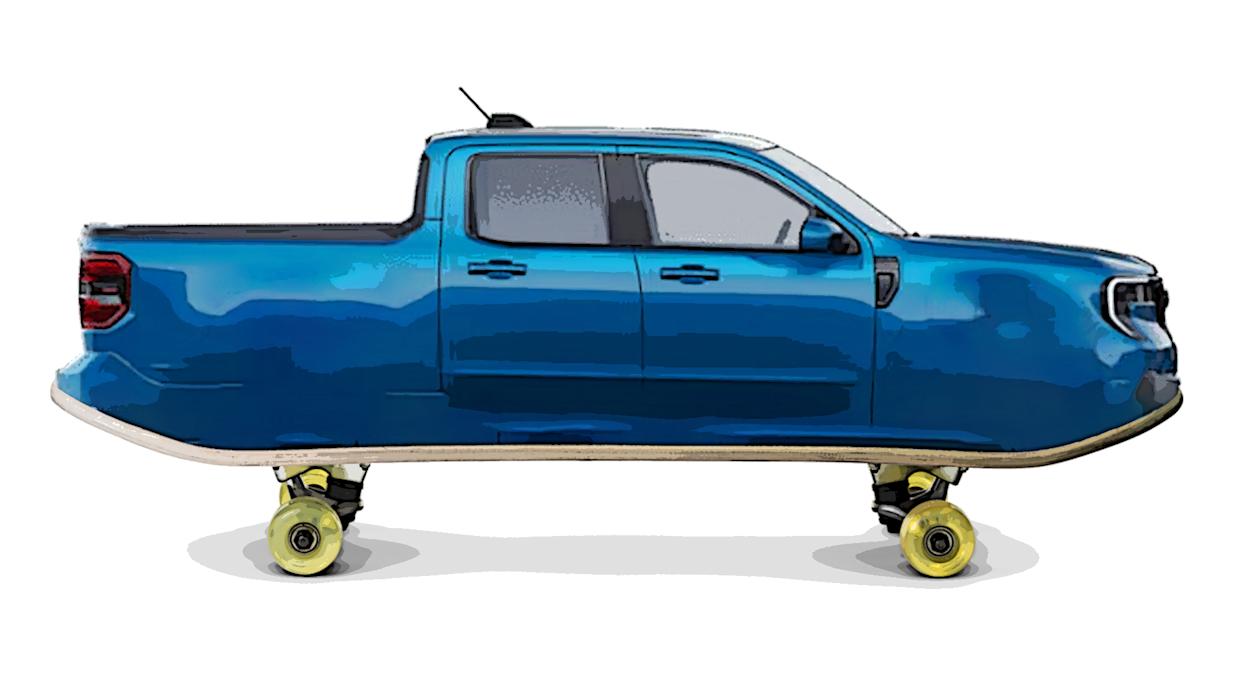
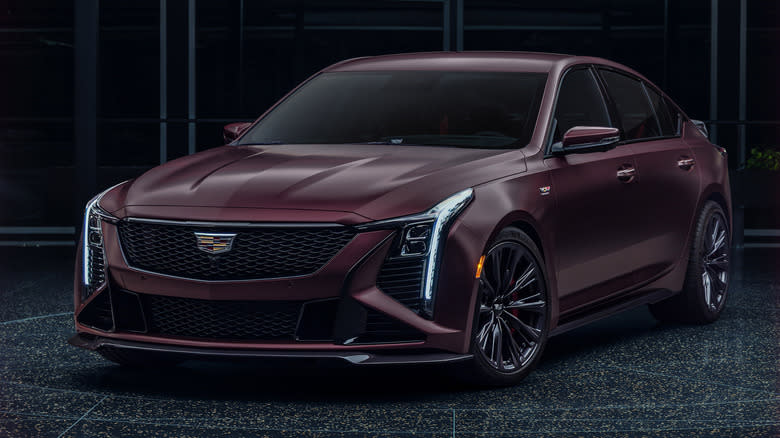
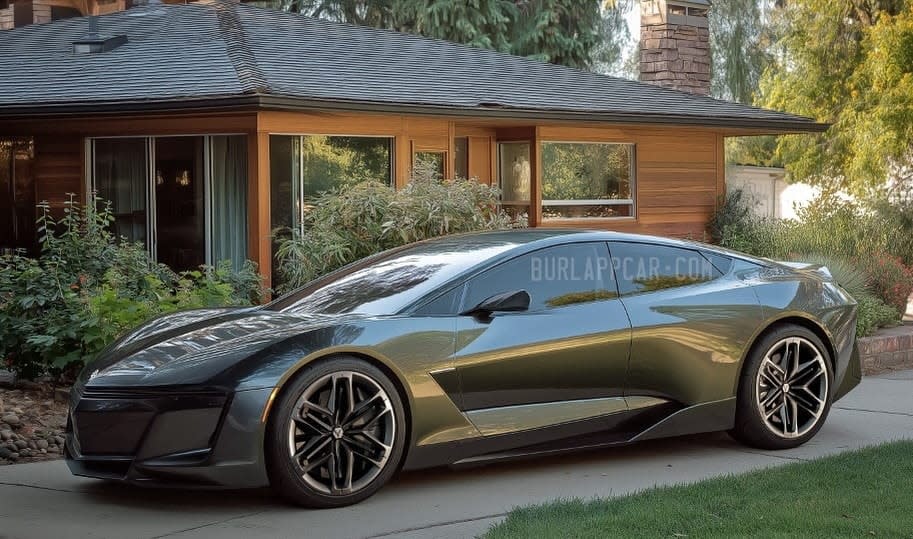
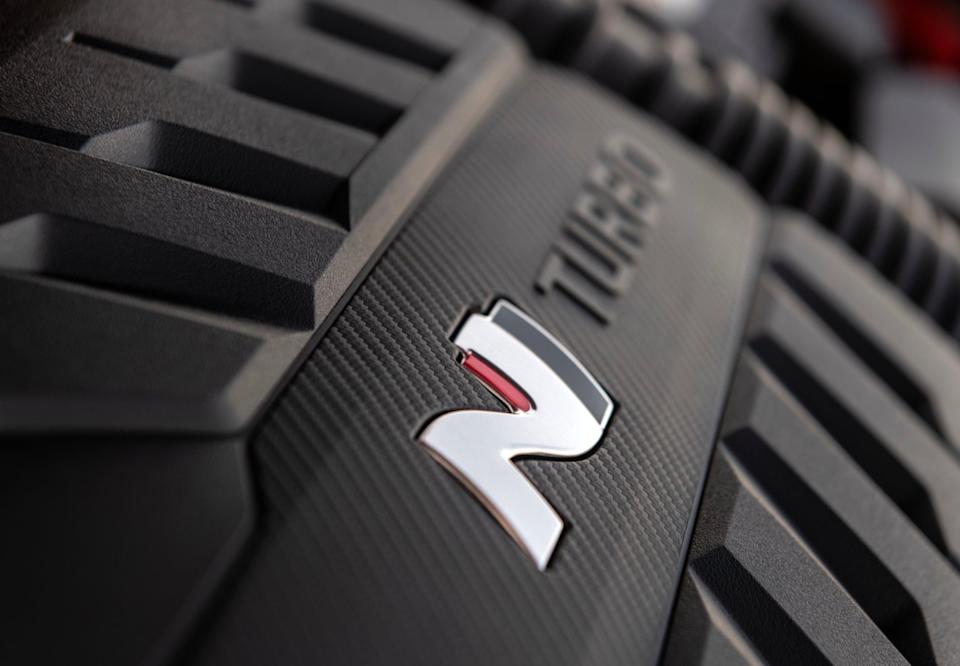
Comments